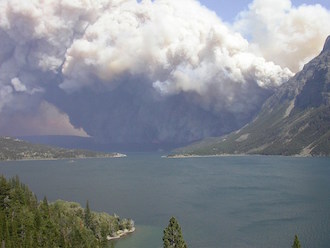Climate Engineering Fuels Raging Forest Fires Across The Northern Hemisphere

While mainstream media entertains and distracts many Americans with the Donald Trump circus of idiocy, our planet is literally burning to the ground. Though there are a great many anthropogenic factors related to the record number of fires that are incinerating what is left of the Earth's boreal forests, the most significant factor of all […]
